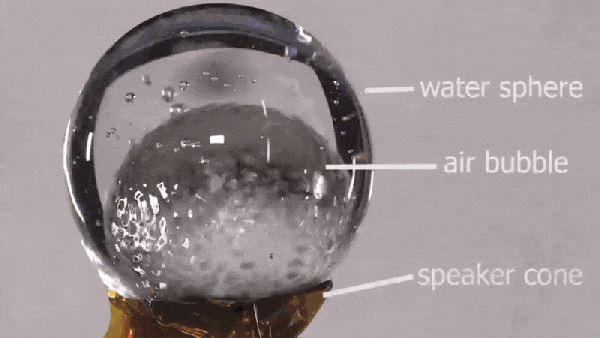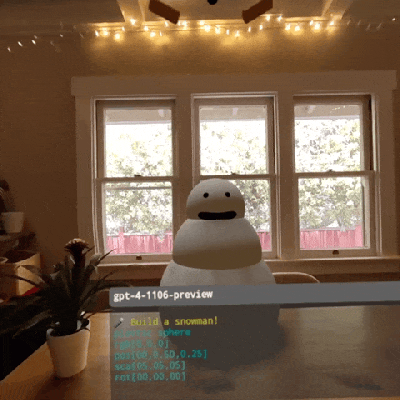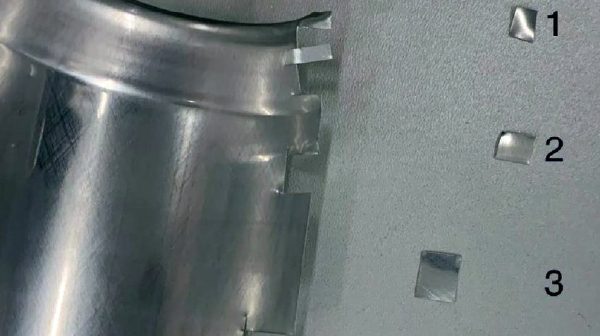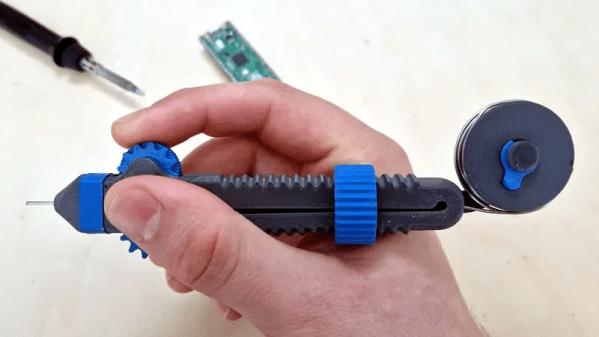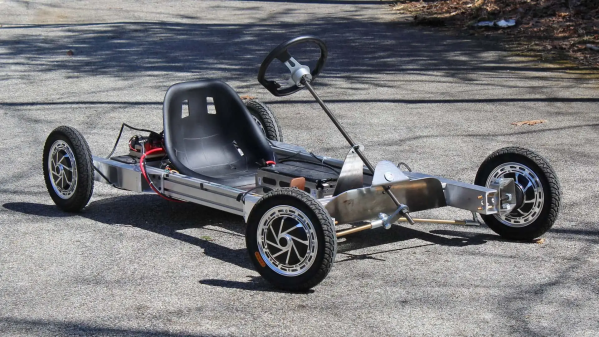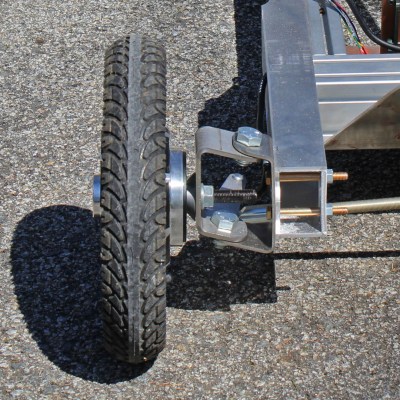NASA astronaut [Don Pettit] shared a short video from an experiment he performed on the ISS back in 2012, demonstrating the effects of sound waves on water in space. Specifically, seeing what happens when a sphere of water surrounding an air bubble perched on a speaker cone is subjected to a variety of acoustic waves.
The result is visually striking patterns across different parts of the globe depending on what kind of sound waves were created. It’s a neat visual effect, and there’s more where that came from.
[Don] experimented with music as well as plain tones, and found that cello music had a particularly interesting effect on the setup. Little drops of water would break off from inside the sphere and start moving around the inside of the air bubble when cello music was played. You can see this in action as part of episode 160 from SmarterEveryDay (cued up to 7:51) which itself is about exploring the phenomenon of how water droplets can appear to act in an almost hydrophobic way.
This isn’t the first time water and sound collide in visually surprising ways. For example, check out the borderline optical illusion that comes from pouring water past a subwoofer emitting 24 Hz while the camera captures video at 24 frames per second.

